A great PR campaign has the power to turn a small brand into a household name or help a long-standing company regain its popularity. These campaigns connect with consumers on an emotional level, redefine brand identities, and often go viral, showing how storytelling, creativity, and careful planning can shape a brand’s image. From global beverage

A great PR campaign has the power to turn a small brand into a household name or help a long-standing company regain its popularity. These campaigns connect with consumers on an emotional level, redefine brand identities, and often go viral, showing how storytelling, creativity, and careful planning can shape a brand’s image. From global beverage giants personalizing labels to sportswear brands sparking cultural discussions with a simple tagline, these PR campaigns are prime examples of how effective strategies influence brand perception.
Here are ten iconic PR campaigns that not only reflect the times they were created in but also set trends for future marketing strategies. These campaigns made a lasting impact on culture, reputation, and sales, and each one offers valuable lessons in successful public relations. Some focus on humor, others on inclusivity, and a few leverage celebrity power—highlighting the versatility and adaptability of PR campaigns.
- Nike: “Just Do It” Campaign
Launched in 1988, Nike’s “Just Do It” campaign became one of the most successful PR campaigns in history. Created by the agency Wieden+Kennedy, the campaign was inspired by the final words of convicted murderer Gary Gilmore, “Let’s do it.” Nike’s slogan resonated with athletes and everyday people alike, sending a message that anyone could be an athlete. The campaign helped Nike’s market share grow from 18% to 43% in North America between 1988 and 1998, and its global sales skyrocketed from $877 million to $9.2 billion. Nike’s focus on personal achievement over product features helped it become a lifestyle brand rather than just a sportswear company. - Pepsi: “Is Pepsi OK?” Campaign
In 2019, Pepsi took on the common restaurant question, “Is Pepsi OK?” with a humorous Super Bowl ad starring Steve Carell. The ad tackled a real-life situation where a customer requests Coke, and the waiter offers Pepsi instead. Carell, joined by celebrities Cardi B and Lil Jon, humorously challenged the idea that Pepsi is just a second choice to Coca-Cola. The campaign turned a perceived disadvantage into an advantage, using humor and celebrity power to capture attention during one of the biggest advertising events of the year. - California Milk Processor Board: “Got Milk?” Campaign
Debuting in 1993, “Got Milk?” became an iconic campaign for a basic product. The ads humorously showcased the frustration of running out of milk in moments when it was needed the most—like preparing cereal or baking cookies. The simplicity and relatability of the campaign helped it become a part of pop culture. The catchy tagline and straightforward storytelling turned milk into a cultural symbol and remains a favorite example of PR success. - Dove: “Real Beauty” Campaign
Dove’s 2004 “Real Beauty” campaign addressed the unrealistic beauty standards in advertising. By showcasing women of different body types, ethnicities, and ages, Dove challenged the traditional ideals of beauty in the industry. This campaign sparked widespread social discussions about body positivity and helped Dove position itself as a brand that cared about women’s self-esteem. The campaign’s message resonated globally, helping Dove stand out as an empathetic and socially conscious brand. - Old Spice: “The Man Your Man Could Smell Like” Campaign
In 2010, Old Spice revitalized its image with a funny and memorable campaign starring Isaiah Mustafa. The ads, featuring rapid-fire comedic monologues, portrayed an exaggerated masculine figure that appealed to both men and women. By speaking directly to women about fragrance choices for their partners, Old Spice gained widespread attention and became a viral hit on social media. The humor and shareable content helped Old Spice increase its brand relevance and demand, especially among younger audiences. - Coca-Cola: “Share a Coke” Campaign
In 2011, Coca-Cola introduced the “Share a Coke” campaign in Australia, which later spread worldwide. The initiative involved printing popular first names on Coke bottles and cans, encouraging consumers to find their names and share photos on social media. This personalized approach led to a massive social media movement, where people shared images of themselves enjoying Coke with friends and family. By tapping into the human love for personalization and social sharing, Coca-Cola increased engagement and sales. - Snickers: “You’re Not You When You’re Hungry” Campaign
Snickers’ 2010 campaign used humor to highlight how hunger can change a person’s behavior. The ads featured celebrities playing out-of-character roles, acting irritable until they ate a Snickers bar. This simple but effective message connected with consumers universally, as many can relate to feeling off when hungry. The celebrity appearances added star power, making the ads even more memorable and shareable. - GoPro: User-Generated Content Campaign
GoPro’s success was fueled by showcasing real-life footage captured by its customers. The brand encouraged users to post their own adventure videos, which generated a steady stream of authentic content. These user-generated clips became mini advertisements for GoPro’s cameras, fostering a strong community of loyal customers. By empowering its users to share their experiences, GoPro built brand loyalty and highlighted its product’s capabilities. - Apple: “Get a Mac” Campaign
Between 2006 and 2009, Apple’s “Get a Mac” campaign used humor to highlight the simplicity and reliability of its products. The campaign starred Justin Long as a cool, laid-back Mac and John Hodgman as a stiff, error-prone PC. This comedic approach to comparing Mac and PC helped position Apple as the easy-to-use alternative, making it stand out in a market where computers were often seen as complicated. The ads’ lighthearted tone allowed Apple to criticize competitors without being mean-spirited, reinforcing the brand’s user-friendly image. - Heineken: “Worlds Apart” Campaign
Heineken’s 2017 campaign brought together strangers with opposing views on political and social issues and had them collaborate on building furniture before sharing a beer. The goal was to promote understanding and unity through conversation. In a time of deep societal divisions, the campaign’s sincerity and emphasis on empathy resonated strongly with consumers, aligning Heineken with inclusivity and open-mindedness.
Reflecting on these PR campaigns, it’s clear that powerful marketing strategies can drive consumer loyalty, boost market share, and shape cultural norms. Each of these campaigns succeeded by connecting emotionally with audiences, whether through humor, relatability, or tapping into larger societal issues. These campaigns are proof that successful PR doesn’t rely on a single formula but on understanding what resonates with consumers and taking risks to engage them. By aligning with broader social conversations, these brands not only shaped their own image but influenced the conversation around their industry or even society as a whole.

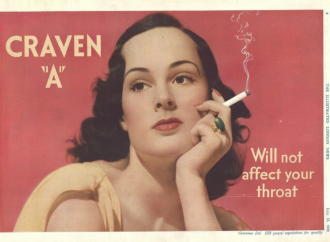
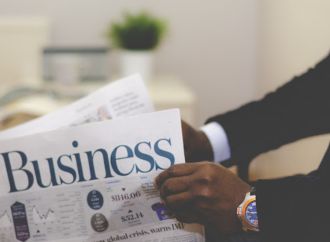
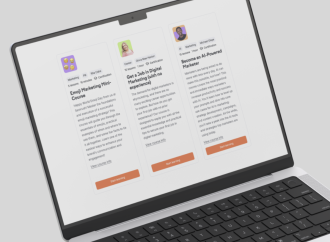

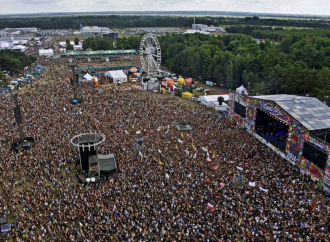
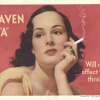

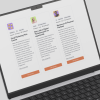

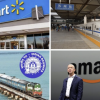
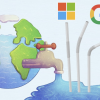



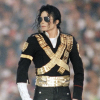
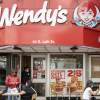
Leave a Comment
Your email address will not be published. Required fields are marked with *